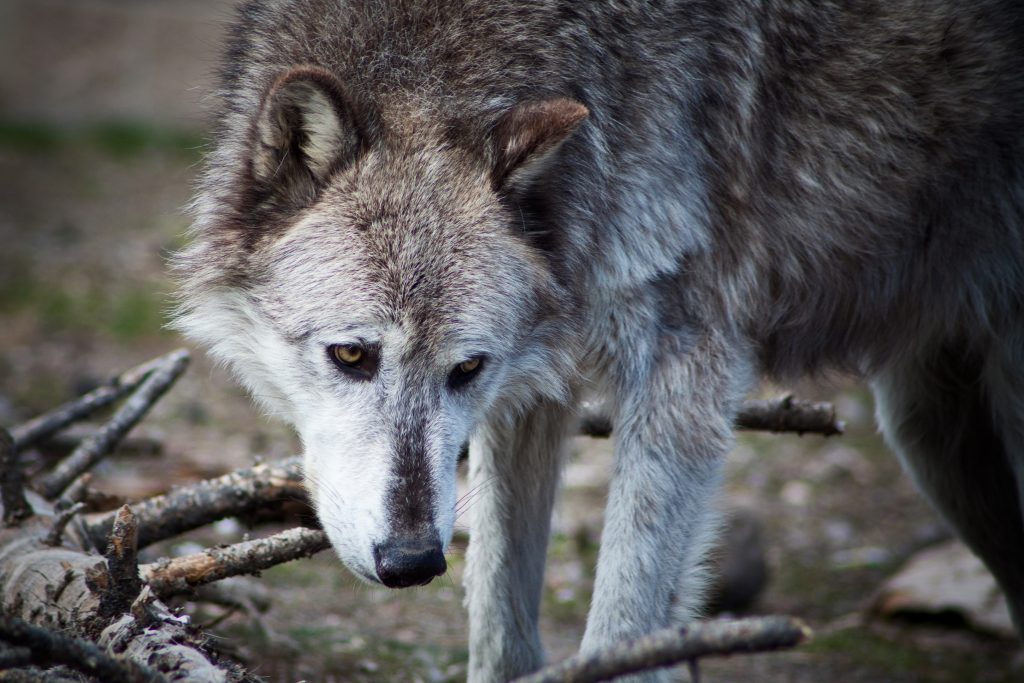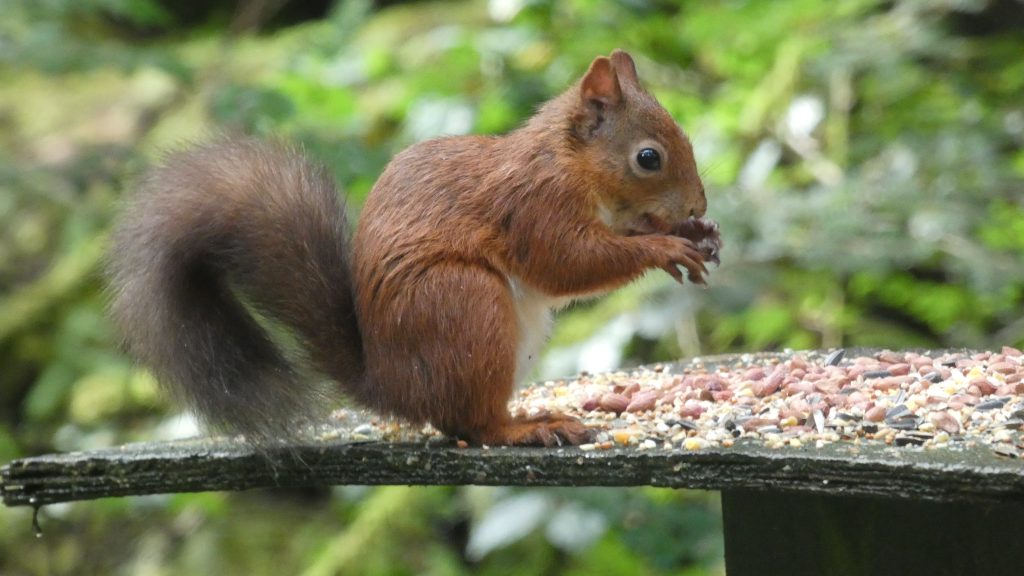One of the most nature deprived parts of the UK is the driven grouse moors. While grouse are native to the UK these grouse moors are definitely not.
While national parks can be important places for conservation, and in Africa are the home of many of the big animals, in the UK that is not the case at all.
Driven grouse moors are regularly burnt of all their natural vegetation. In addition birds of prey in the area suffer pretty blanket illegal persecution.
Alarmingly, these areas makeup 44% of the Cairngorms national park,28% of north moors national park and 28% of the peak district.
If this huge area of land was given over to rewilding, far more of the British population could enjoy these areas. Furthermore, this land would hold vastly more carbon in its natural state, never mind the fact that with a proper balance, we could see many highly endangered animals return to thrive in the UK.
Boris Johnson pledged to preserve 30% of the UK for nature, and importantly included national parks in that total. If these driven grouse moors are not eliminated that is a claim that cannot stand. We are the only country in the world that undertakes this dangerous practice.
It really should not be the case, that large parts of public land are set aside for the extremely wealthy, who could afford to do this on their own private lands.
In the last year, the government has listened to the anger, stopping burning of moorland where peat is more than 40cm thick. While this is a good move from the environmental side of things it is not the sole thing that bothers the average person in the UK.
Grouse shooting interests point out that the industry supports 1500 full time jobs. This is good, but the 23 large scale rewilding sites in the UK have increased employment by 47% in the areas that they operate, which suggests that 1500 is probably a very low number of jobs to what could be supported.


